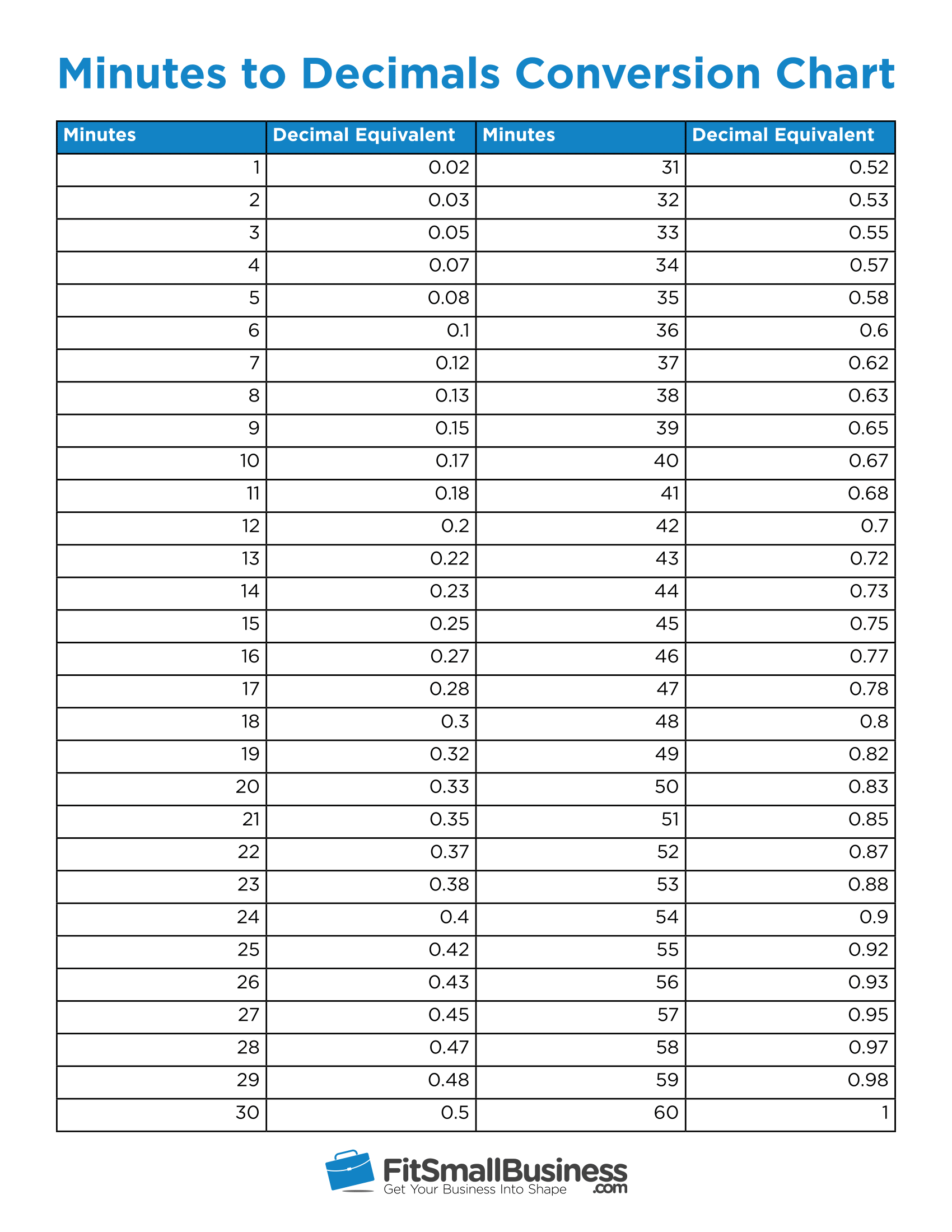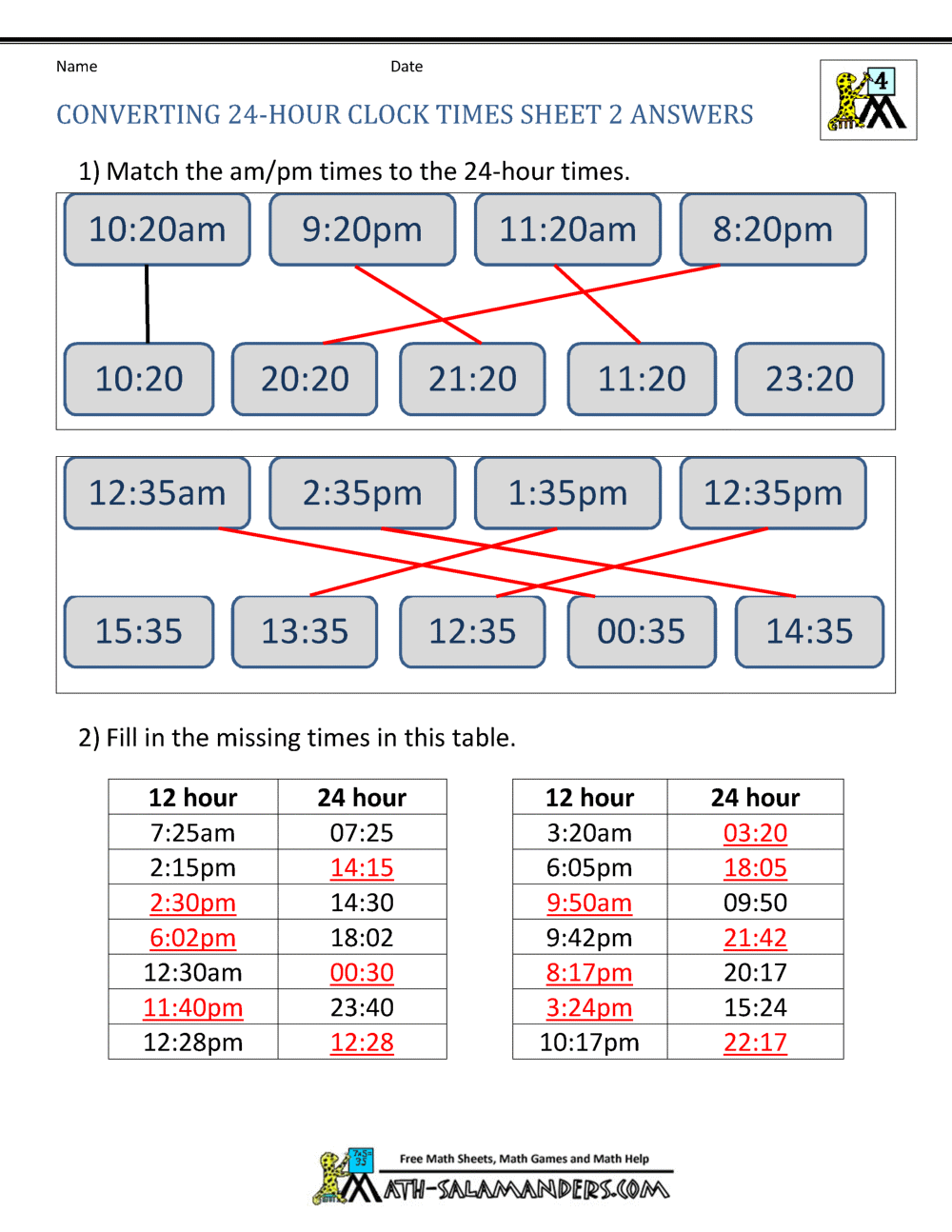

While these three terms may seem like they are the same, there is a difference between them. What is the Difference Between a Time Card, Time Sheet, and Time Clock?
FREE TIME CLOCK CALCULATOR SOFTWARE
To use a time sheet, enter the start and end times in each field, and the software will track the time allocated for each entry. Some time sheets have multiple entries to track portions of work throughout the day, for instance, to track billable time for clients or the time worked on specific projects during the day. A time sheet will often have the start and end times on it where you enter the time you started work and the time you stopped it. Using a time sheet or time card is a pretty straightforward process. Therefore, you worked 1 hour of overtime and should be compensated accordingly. Since 40 hours is the standard workweek, any time above that is considered overtime. Step 5: add these amounts together to arrive at 41 hours worked in the week. Step 1: convert the start and end times to 24-hour time. Friday: 8:00 am through 4:30 pm with a 1-hour break.Thursday: 7:45 am through 5:00 pm with a 1-hour break.

 Wednesday: 8:00 am through 5:00 pm with a 1-hour break. Tuesday: 8:00 am through 6:30 pm with a 1 and a half hour break. Monday: 8:00 am through 5:15 pm with a 1-hour break. Of course, you could use our work hours calculator to do this, but the math is pretty simple too.įor example, let’s calculate the hours an employee worked throughout the week given the following time card entries: The final step to calculating the number of hours worked in a week is to add together the number of hours worked each day during the week. Step Five: Add the Time Worked Each Day to Find the Total Weekly Time Worked This is only necessary for unpaid breaks or to subtract breaks from billable project time.įor example, if you take one half-hour break for lunch and two 15-minute breaks, then you can subtract one hour from the time worked. The next step is to subtract any unpaid breaks you took during the day. Step Four: Subtract Breaks from the Hours at Work This amount is just the number of hours you were at work because it might include any breaks you took we’ll account for those next. This isn’t necessarily the number of hours you worked in a day. If you work from 8:30 am to 5:00 pm (17:00), you would subtract 8.5 from 17.0, which equals 8.5 hours. The third step is to subtract the start time from the end time. Step Three: Subtract the Start Time from the End Time This becomes 8.75 after the fraction is reduced. For 8:45 am, we would rewrite it as 8 and 45/60. You can reduce the fraction to change the number to 17.5. But what if you end at 5:30 pm (17:30 in 24-hour time) or begin at 8:45 am? In this case, you would take the number after the colon and divide by 60.įor example, 17:30 is the same as 17 and 30/60. Next, you’ll need to convert the times to a decimal. This allows you to subtract the start time from the end time in the third step.įor example, if you work from 9:00am to 5:00pm, convert 5:00pm to 14-hour time, which is 17:00. The first step is to convert the starting and ending times to 24-hour time. Step One: Convert the Start and End Times to 24-hour Time You can calculate the total hours worked in a week by following five simple steps. Of course, you can also use a time card calculator like to one above to make the process much easier. You can calculate the number of hours for a time card using the five-step process outlined below.
Wednesday: 8:00 am through 5:00 pm with a 1-hour break. Tuesday: 8:00 am through 6:30 pm with a 1 and a half hour break. Monday: 8:00 am through 5:15 pm with a 1-hour break. Of course, you could use our work hours calculator to do this, but the math is pretty simple too.įor example, let’s calculate the hours an employee worked throughout the week given the following time card entries: The final step to calculating the number of hours worked in a week is to add together the number of hours worked each day during the week. Step Five: Add the Time Worked Each Day to Find the Total Weekly Time Worked This is only necessary for unpaid breaks or to subtract breaks from billable project time.įor example, if you take one half-hour break for lunch and two 15-minute breaks, then you can subtract one hour from the time worked. The next step is to subtract any unpaid breaks you took during the day. Step Four: Subtract Breaks from the Hours at Work This amount is just the number of hours you were at work because it might include any breaks you took we’ll account for those next. This isn’t necessarily the number of hours you worked in a day. If you work from 8:30 am to 5:00 pm (17:00), you would subtract 8.5 from 17.0, which equals 8.5 hours. The third step is to subtract the start time from the end time. Step Three: Subtract the Start Time from the End Time This becomes 8.75 after the fraction is reduced. For 8:45 am, we would rewrite it as 8 and 45/60. You can reduce the fraction to change the number to 17.5. But what if you end at 5:30 pm (17:30 in 24-hour time) or begin at 8:45 am? In this case, you would take the number after the colon and divide by 60.įor example, 17:30 is the same as 17 and 30/60. Next, you’ll need to convert the times to a decimal. This allows you to subtract the start time from the end time in the third step.įor example, if you work from 9:00am to 5:00pm, convert 5:00pm to 14-hour time, which is 17:00. The first step is to convert the starting and ending times to 24-hour time. Step One: Convert the Start and End Times to 24-hour Time You can calculate the total hours worked in a week by following five simple steps. Of course, you can also use a time card calculator like to one above to make the process much easier. You can calculate the number of hours for a time card using the five-step process outlined below.







 0 kommentar(er)
0 kommentar(er)
